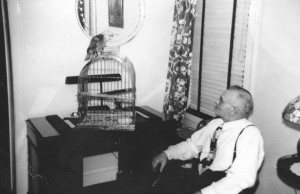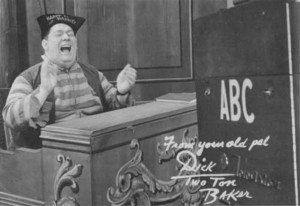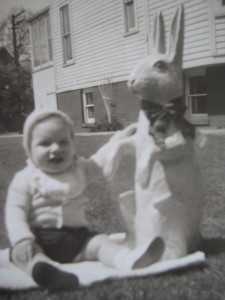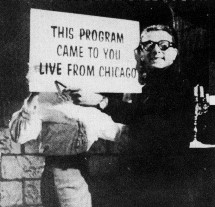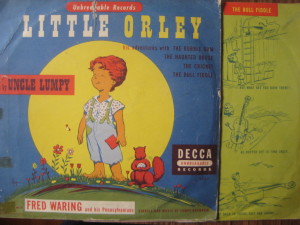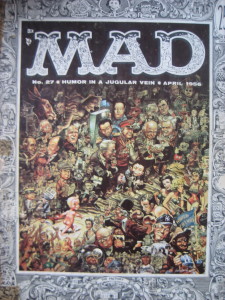My grandfather was, like my father, not very communicative. Family information was not readily revealed and many times we kids were given no information as to why things were so. This was also true of grandpa’s parrot which he may have talked to more than the rest of the family.
All I know is that grandpa was given the bird by a family that was moving. Like my father, grandpa was a warehouseman, a mover, and his house was a refuge for discarded and abandoned items left by folks he had moved over his 30 odd years in the business.
He had interesting lamps and vases and knick-knacks all over the house. One lamp I remember was on top of the television. It was cylindrical and when turned on, the painted celluloid exterior would revolve and it looked like a forest fire with flames licking at the trees produced from a 40 watt bulb within.
The parrot, whose name I do not recall (although it might have been Polly), resided in a side room, kind of a sun room/den in my grandfather’s house. The reason for this was the bird’s language.
Every time our family went to visit grandpa, as we walked into the house, we could hear the bird squawking, “Al, Al.” It was believed that Al was the former owner and the bird was mimicking Al’s wife who would constantly be calling him for something or another. Whenever the bird sensed someone was out there in another room, it gave out with the shrill, nagging, “Al? Al?”
The parrot did not have an extensive vocabulary but did have a wolf-whistle that indicated that Al might have been interested in other women. It also knew a few swear words (probably learned from Al responding to the nagging call of his wife!). Seeing an exotic bird like this was a treat for me. Its feathers were red, blue, yellow and green and it looked huge!
Grandpa’s bird was not as prolific in speech as Squawky of the Happy Pirates but that could be because the television bird’s voice was produced by an off screen stagehand. Grandpa’s parrot was for real and I liked to go back and see it, usually kept in its cage while we were there, but it would only be for a few minutes before I was rushed out of the room and back into family society.
I have no tales to relate about grandpa’s parrot dive bombing guests or plucking out eyes or even being social when we were there. It was in the back room, in a cage, and we only saw it for a few minutes but it is a memory of a time when, until I saw grandpa’s parrot, I thought these birds were black and white like on the television. When I went to grandpa’s, I saw it in living color and it looked like the NBC peacock when we finally got a color tv set.
Thanks, Al, wherever you are, for giving my grandpa the bird.
